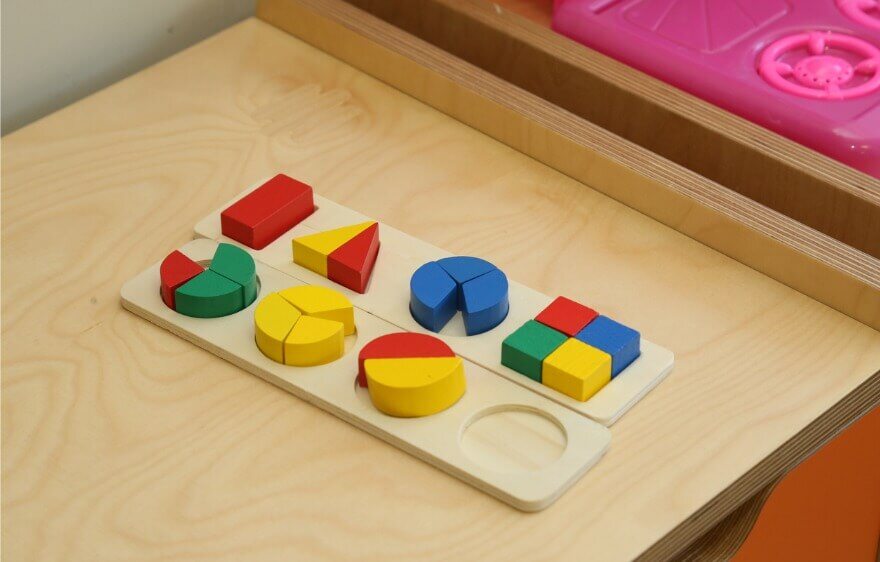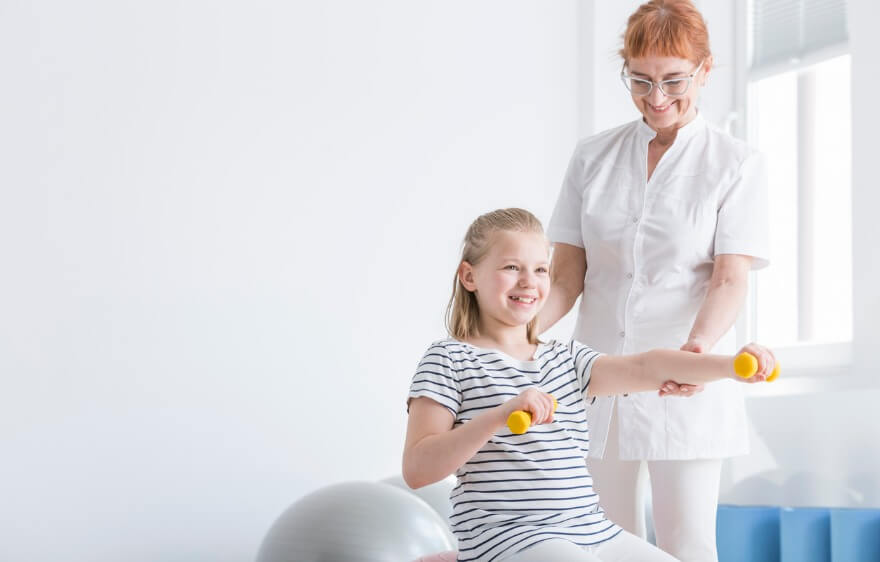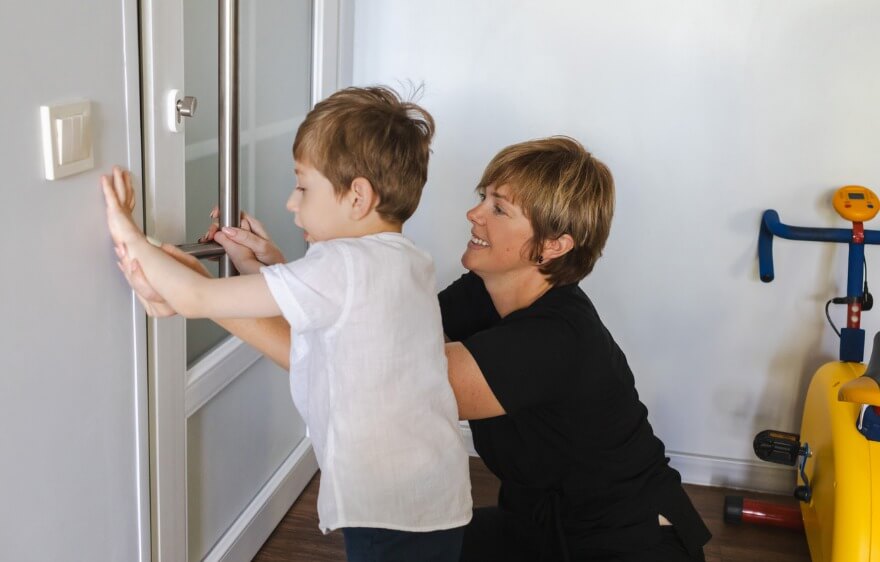Let’s make fine motor skill development fun! Fine motor skills are a crucial part of every child’s development. These small muscle movements, often involving the hands, are foundational for everything from holding a pencil to zipping up a jacket.
And toys can make the process of developing fine motor skills fun and engaging, helping children improve coordination, dexterity, and strength in an enjoyable way. In occupational therapy settings, fine motor skills toys are used to build kids’ confidence and independence, allowing them to practice vital skills in a playful, low-stress environment.
Ready to have fun in your next session? Let’s dig into the best fine motor skills toys that can make it happen!
Why Fine Motor Skills Toys Are Important
Fine motor skills are fundamental occupational therapy skills, and fine motor skills toys are specifically designed to support the development of hand and finger strength, coordination, and dexterity. In occupational therapy, these toys can be used to help kids build skills they need for everyday tasks, such as buttoning, tying shoes, writing, or cutting. Playing with these toys encourages repetition and practice, which is essential for muscle memory and control.
Using toys to develop fine motor skills doesn’t just provide physical benefits — children also gain patience, confidence, and a sense of accomplishment as they learn. Whether they’re stacking blocks, threading beads, or manipulating small objects, kids become more comfortable and capable of managing daily activities, giving them greater independence.
The 10 Best Toys That Help With Fine Motor Skills
Below is a list of the best fine motor skills toys, ideal for encouraging development while keeping kids entertained. Each toy has been selected for its effectiveness in building various aspects of fine motor skills and for being versatile enough to suit different ages and skill levels.
1. Melissa & Doug Lacing Beads
What it is: A set of colorful wooden beads and laces, perfect for threading and creating fun patterns.
How it helps: Lacing beads are classic fine motor skills toys that encourage hand-eye coordination, pincer grip, and bilateral coordination as kids hold the lace in one hand and the bead in the other. They also help develop patience and focus, as children work to lace each bead precisely. The bright colors and different shapes make it visually engaging, and kids can practice patterns, adding an educational twist to play.
2. Play-Doh
What it is: This iconic modeling clay comes in a variety of colors and can be molded, squished, and shaped into anything kids can imagine.
How it helps: Play-Doh is one of the best fine motor skills toys for strengthening hand muscles. Kneading, rolling, and shaping the dough help build finger strength, which is essential for grasping objects and for tasks like writing. The sensory experience also engages kids, making it an enjoyable, hands-on way to build fine motor control.
3. Fat Brain Toys Squigz
What it is: A set of soft, silicone suction toys that stick together and pull apart with a satisfying pop.
How it helps: Squigz are fun, interactive fine motor skills toys that promote grip strength and dexterity. Kids can create various structures by sticking and unsticking them, which strengthens finger muscles and enhances hand-eye coordination. These toys also allow for creative play and encourage spatial reasoning as children figure out how to stack or build with the pieces.
4. Magna-Tiles
What it is: Magnetic tiles that can be used to build various 2D and 3D shapes and structures.
How it helps: Magna-Tiles are excellent fine motor skills toys for developing spatial awareness, hand strength, and coordination. As kids connect the tiles, they use both hands to align and snap the pieces together, which builds hand dexterity and bilateral coordination. The magnetic component also adds an element of control and stability, helping kids feel successful as they construct their designs.
5. Learning Resources Handy Scoopers
What it is: Small scooping tools designed for picking up and transferring objects, like beans or beads.
How it helps: Handy Scoopers are fantastic for fine motor development, as they require kids to pinch and squeeze to pick things up. This action strengthens hand and finger muscles, helping with grip strength and control. They’re also useful for sensory play when used with items like sand, water, or rice, making them versatile fine motor skills toys for young kids.
6. Melissa & Doug Cutting Food Set
What it is: A wooden food set that “slices” apart with a satisfying crunch, thanks to Velcro connections between pieces.
How it helps: This cutting set is a fantastic tool for practicing fine motor skills related to using utensils. As kids “slice” the food with the included wooden knife, they work on precision and hand strength, along with the coordination needed for real-life tasks like cutting food. This set also helps develop bilateral coordination, as kids use one hand to hold the food steady while slicing with the other.
7. Bilibo by Moluk
What it is: A unique, open-ended toy that resembles a small plastic shell and can be used in countless creative ways.
How it helps: Although Bilibo isn’t a traditional fine motor skills toy, its versatility makes it highly beneficial for fine motor development. Kids can sit in it, spin it, carry objects, and practice balance and coordination. By encouraging imaginative play and different forms of manipulation, Bilibo indirectly strengthens hand-eye coordination and body awareness.
8. Lego Duplo Blocks
What it is: Oversized Lego blocks designed for younger children, perfect for stacking and building.
How it helps: Duplo blocks are some of the most well-loved fine motor skills toys, helping young kids develop grip strength, finger dexterity, and spatial awareness. Picking up, aligning, and pressing the blocks together builds coordination and patience. As children build structures, they also learn problem-solving skills and the basics of geometry, making it both fun and educational.
9. Tobbly Wobbly
What it is: A wobbly egg-shaped toy with reusable stickers and accessories to create different faces and characters.
How it helps: Tobbly Wobbly is perfect for working on fine motor skills through placing and peeling stickers, as well as manipulating small parts. Children engage their fingers to attach and remove the accessories, building pincer strength and control. It’s also a highly interactive toy that encourages creativity and imaginative play, which can keep kids engaged in fine motor practice for longer.
10. Melissa & Doug Wooden Pattern Blocks and Boards
What it is: A set of colorful wooden blocks and boards with patterns for kids to replicate by arranging the shapes.
How it helps: These pattern blocks are ideal for fine motor development, as kids use their fingers to carefully place each piece. The toy also promotes spatial reasoning, hand-eye coordination, and color and shape recognition. It encourages kids to focus and follow visual patterns, helping to develop patience and problem-solving skills.
Making the Most of Fine Motor Skills Toys
Fine motor skills toys can be a powerful tool in helping kids develop essential abilities. Ready to work them into your sessions? Here are some tips for getting the most out of these toys to reach key occupational therapy goals:
- Keep it Fun: The key to successful fine motor development is engagement. Make sure to keep playtime enjoyable and low-pressure, especially if your child is struggling with certain skills. Let kiddos pick the toys they find most fun to play with and incorporate play in a way that feels natural.
- Practice Regularly: Like any skill, fine motor skills improve with regular practice. Try to work fine motor skills toys into kids’ daily routines, even if only for a few minutes. This consistency will help reinforce the skills they’re developing.
- Encourage Independent Play: While supervised play is essential, giving children opportunities to explore toys on their own can be valuable for developing confidence and independence. Allow them to experiment and figure out how the toys work, which can improve problem-solving skills.
- Incorporate Real-Life Skills: To extend the benefits of fine motor skills toys, encourage kids to practice the skills they learn with everyday tasks. For example, ask them to help set the table, zip their jacket, or draw simple shapes — activities that rely on similar hand and finger movements.
Using Fine Motor Skills Toys for Success
Fine motor skills toys are more than just fun and games — they’re essential tools that help children gain the physical and cognitive skills they need to thrive. By selecting toys that focus on various aspects of fine motor development, you can make learning and practice a joyful, stress-free experience. The toys listed above are designed not only to build skills but to spark creativity and curiosity, making them ideal for occupational therapy settings or home use.
The Care Options for Kids team is all about implementing fine motor skills toys that can make OT fun while encouraging growth and development. By integrating fun activities into sessions and daily routines, our dedicated OTs help build sensory, motor, and cognitive skills in an engaging way while bringing creativity to child development. We’re always looking for people to be part of a team that works to make skill-building play!
Join the Care Options For Kids Team!
Are you ready for meaningful work that comes with benefits and not burnout? Join the compassionate care team that helps children and families live their best lives. Our clinicians provide best-in-class pediatric nursing, therapy, and school-based services. We bring individualized care to children where they live, work, and play. We have opportunities in homes, schools, and clinics across the country.
Apply at Care Options for Kids now. We make it easy to start so you can make a difference as soon as possible.






